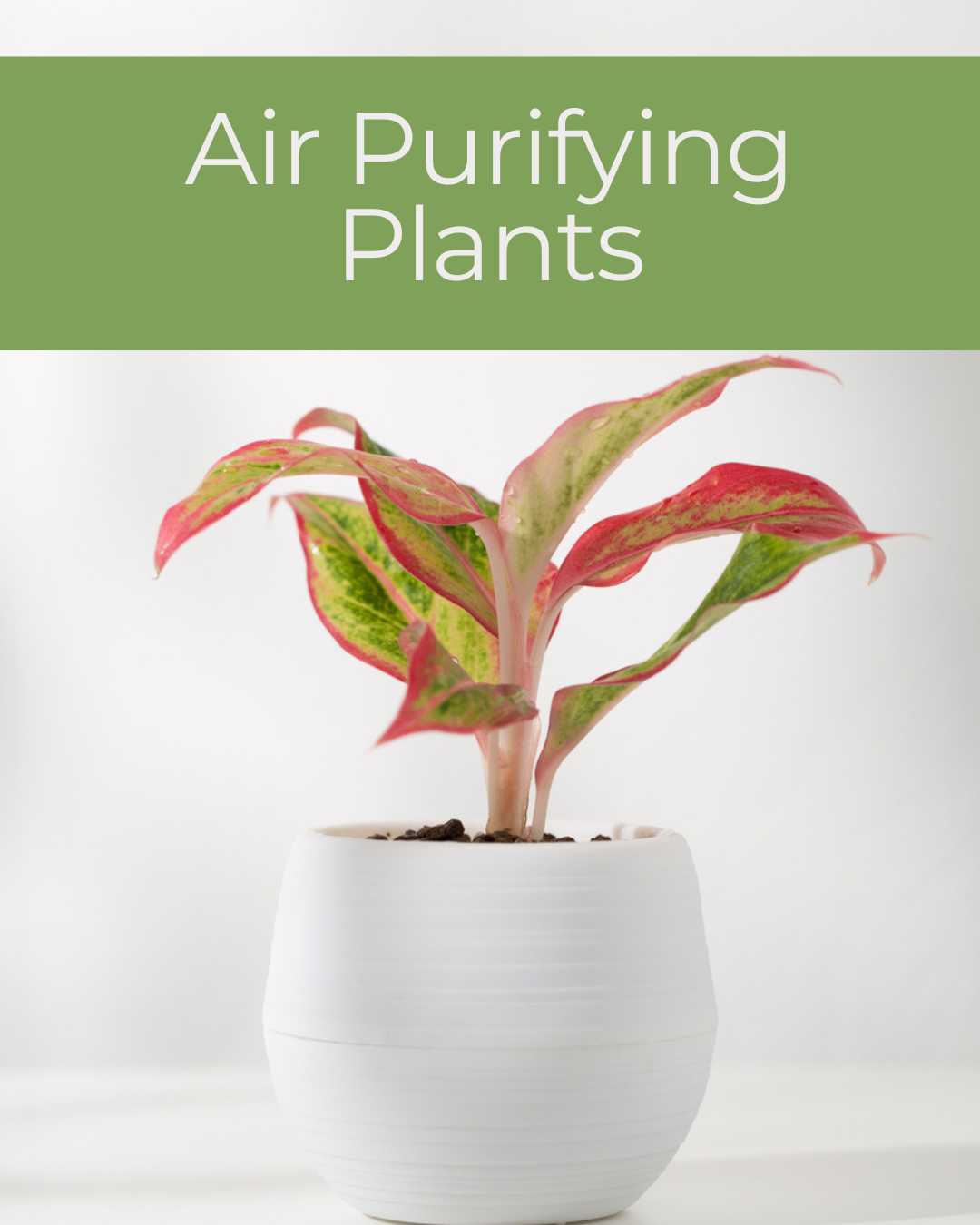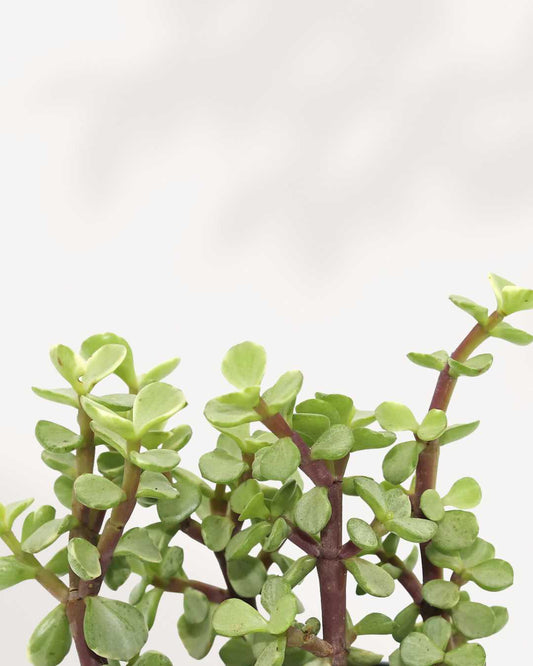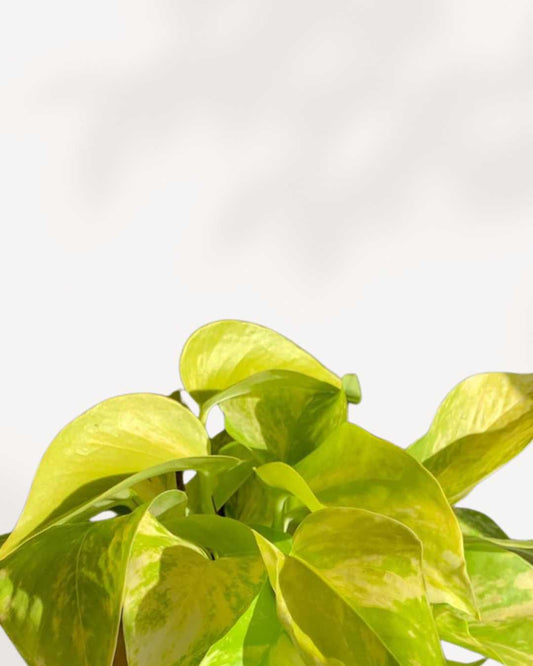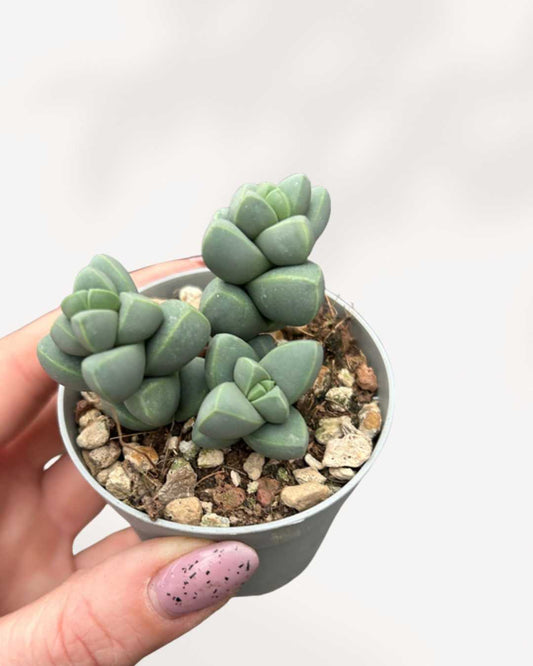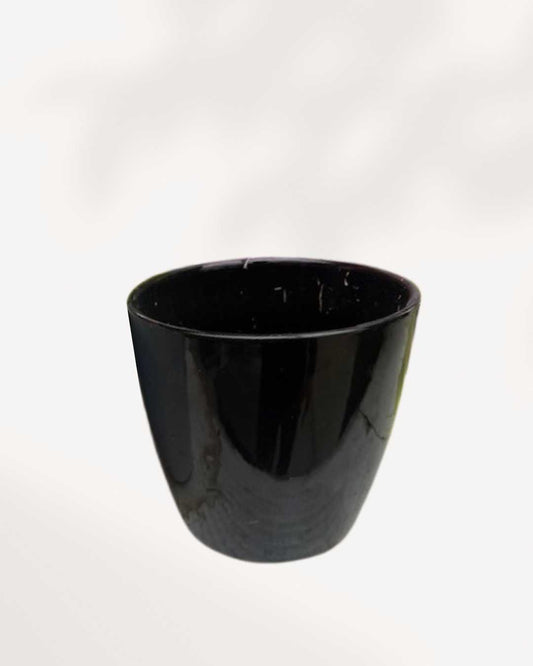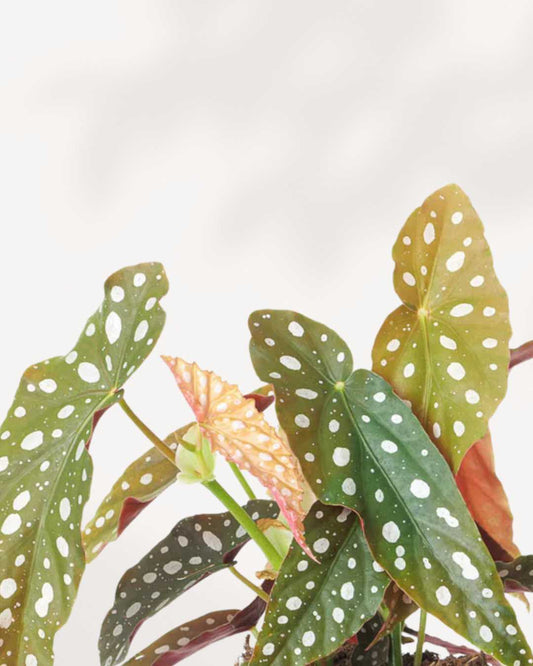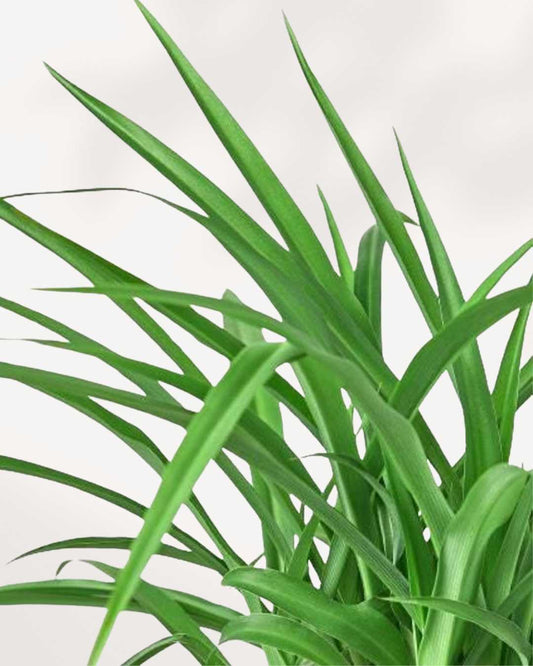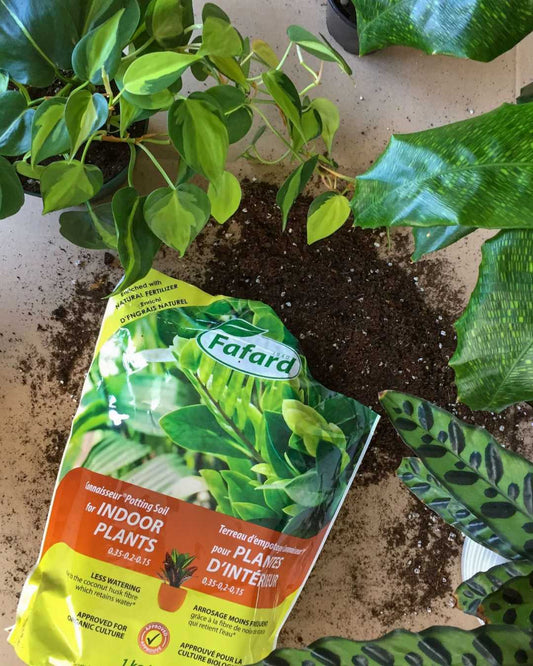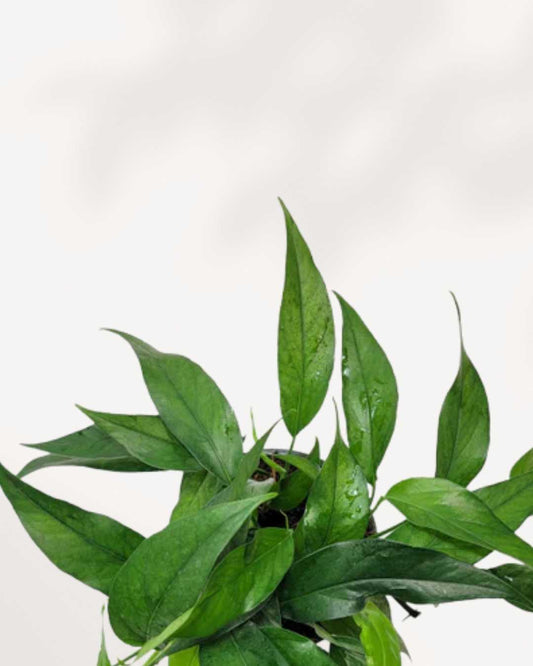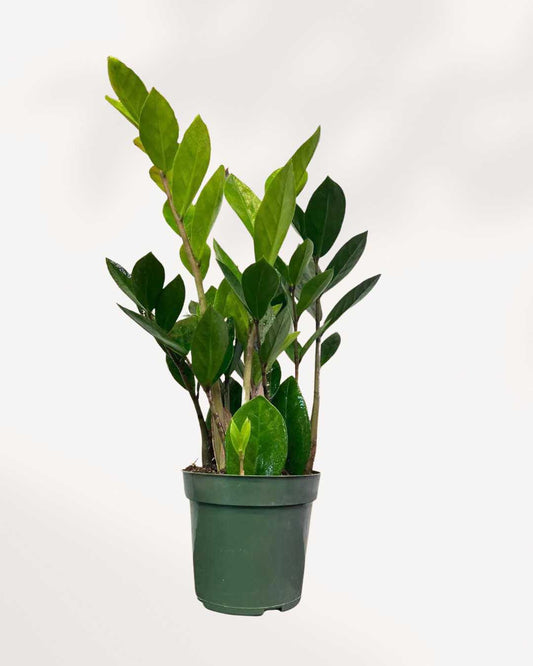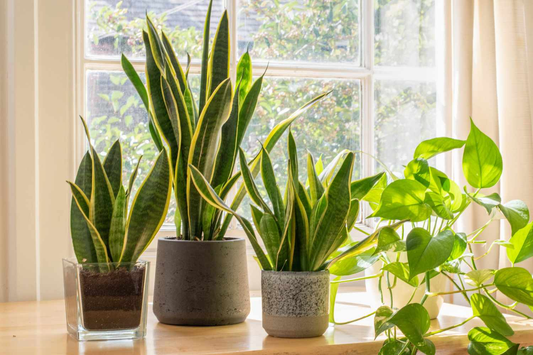How to care for Gardenia Jasminoides Plant
| Back to Library |
Quick Care Overview
| Care Aspect | Details |
|---|---|
| Light | Bright, indirect sunlight; avoid direct midday sun. Learn More |
| Water | Keep soil consistently moist but not soggy; reduce watering in winter. |
| Soil | Acidic, well-draining soil rich in organic matter. Shop Potting Mix |
| Temperature | 65–75°F (18–24°C); protect from cold drafts. |
| Toxicity | Toxic to pets if ingested. |
Gardenia Jasminoides Plant Care Guide | Growing, Watering, and Maintenance Tips
Learn how to care for your Gardenia Jasminoides, known for its fragrant, white blooms and glossy green leaves. Discover expert care tips for watering, light, soil, and propagation to help your gardenia thrive!
Common Names
- Cape Jasmine
- Gardenia
- Common Gardenia
Native Habitat
Gardenia Jasminoides is native to tropical and subtropical regions of Asia, particularly China and Japan. It thrives in warm, humid climates with well-draining, acidic soil.

Uses and Popularity
Gardenias are beloved for their fragrant flowers and glossy green leaves, making them a popular choice for indoor décor, patio gardens, and floral arrangements. They symbolize purity and sweetness in many cultures.
Gardenia Jasminoides Care Guide
Light Requirements
Gardenias prefer bright, indirect sunlight. Too much direct sun can scorch the leaves, while too little light can reduce blooming. Learn more about light requirements.
Watering Needs
Keep the soil consistently moist but not soggy. Water deeply when the top inch of soil feels dry. Reduce watering during the cooler months.
Soil Preferences
Use an acidic, well-draining soil mix. Incorporate peat moss or pine bark for better drainage. Shop Indoor Potting Mix
Temperature & Humidity
Gardenias thrive in warm temperatures between 65–75°F (18–24°C) and high humidity. Use a humidifier or mist the leaves to maintain moisture.
Fertilization
Feed gardenias with an acidic fertilizer every 4-6 weeks during the growing season. Explore Natural Fertilizers
Pruning & Maintenance
Prune after flowering to maintain shape and encourage bushier growth. Remove faded flowers and yellow leaves to promote new blooms.
Propagation Tips
Stem Cuttings
Gardenias are best propagated through stem cuttings taken in spring or summer. Dip cuttings in rooting hormone and plant in moist, well-draining soil.
FAQs
Why are my gardenia leaves turning yellow?
Yellowing leaves can result from overwatering, poor drainage, or nutrient deficiencies. Ensure the soil drains well and provide an acidic fertilizer.
How do I encourage my gardenia to bloom?
Provide bright, indirect light, consistent moisture, and regular feeding with an acidic fertilizer to support blooming.
Can I grow gardenias indoors?
Yes! Gardenias can be grown indoors if they receive bright, indirect sunlight and high humidity.
The Positive Impact of Plants
-
Plants and Healing
Working with plants soothes the mind. It feels calming and healing, offering a peaceful break from daily life.
-
Plants for Recovery
Being around plants can speed up healing from sickness, making you feel better quicker in a natural way.
-
Plants and Work
Plants in your space may make your work better and faster, enhancing focus and creativity during tasks.
LETTING CUSTOMERS SPEAK FOR US!
Shop by Feature
FAQs for Plant Delivery in Ontario & Quebec
What types of house plants do you offer for delivery.
We offer a wide variety of houseplants for delivery. Here are some of the popular options: Aglaonema, Alocasia, Calathea, Hoya, Monstera, Palm, Peperomia, Philodendron, Pothos, Sansevieria Snake, Syngonium, Tradescantia.
What is the lifetime support?
All plants purchased from our store or through our workshops come with lifetime support. This means that whenever you have questions or concerns about your plant, we're here to help. Whether you're unsure about your plant's health or need advice, we can assist in identifying problems, answering your questions, and potentially saving your plant. Feel free to reach out to us on Instagram @mygreenscapeto or via email at support@mygreenscape.ca.
Where do Mygreenscape plants come from?
Our plants embark on a journey from various greenhouses across Canada. We prioritize short delivery routes to ensure your plant arrives happy, healthy, and full of vitality.
Do I have to repot my plants once they arrive?
Absolutely not! When your plant arrives, give it time to settle into its new home. Place it in the desired spot, and let it acclimate for about two weeks.
Favorite in our plant shop
-
Portulacaria afra
Regular price $15Regular priceUnit price per -
Pothos Teruno Kaguya Lemon
Regular price $15Regular priceUnit price per -
Sansevieria Chanin
Regular price $25Regular priceUnit price per -
Sansevieria Yaya
Regular price $25Regular priceUnit price per -
Delosperma Lehmannii
Regular price $10Regular priceUnit price per -
Glossy Ceramic Planter
Regular price $15Regular priceUnit price per$30Sale price $15Sale -
Monstera Yellow Marilyn
Regular price $195Regular priceUnit price per -
Begonia Maculata
Regular price $40Regular priceUnit price per -
Spider Plant Green
Regular price From $10Regular priceUnit price per -
Indoor Plant Potting Mix Connaisseur®
Regular price $12Regular priceUnit price per -

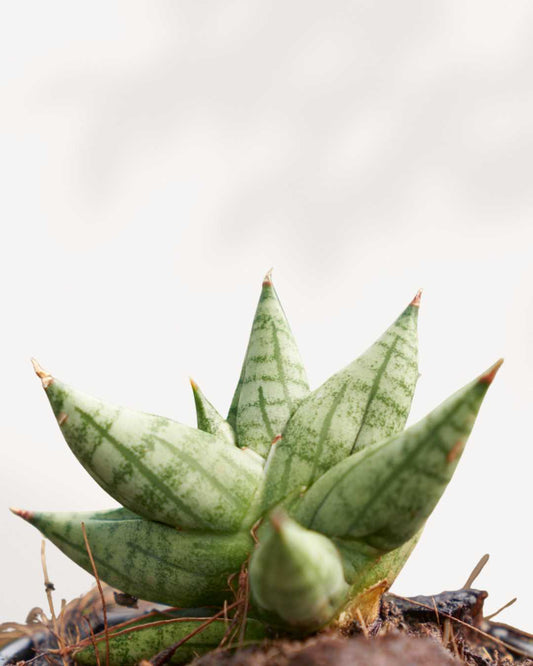 Sold out
Sold outSansevieria Ming Manee
Regular price $15Regular priceUnit price per -
Baltic Blue Pothos
Regular price $25Regular priceUnit price per
MyGreenScape is your go-to online shop for indoor plants in cities Ontario or Quebec, including Toronto, Montreal, and many more. Our mission is to add joy to your home, one leaf at a time. Explore our range of beautiful, air-cleaning plants from the comfort of your home. You can find beautiful indoor plants, pots for plants, garden tools, and hanging basket plants all in one spot. Our mission is to add joy to your home, one leaf at a time.
Buying plants online with us means no more carrying heavy pots or figuring out how to get big plants home. We deliver straight from the gardener to you, with eco-friendly packaging, across Ontario and Quebec. Expect your new green friends within 2-7 days.
Why choose MyGreenScape? Here’s why:
- Lifetime Support: We’re here for you always. Get all the help you need for your plants to flourish.
- 30-Day Happy Plant Guarantee: Not happy with your plant? Tell us within 30 days, and we’ll fix it.
- Easy Delivery: Fast, direct to your doorstep in Ontario or Quebec.
Hear from a happy customer, Sarah T.: "Buying plants was never easier. Quick, simple, and with great support from MyGreenscape."
Ready for easy, stress-free plant shopping? Visit us now and make your home greener. Join MyGreenScape for a hassle-free way to bring nature inside.


